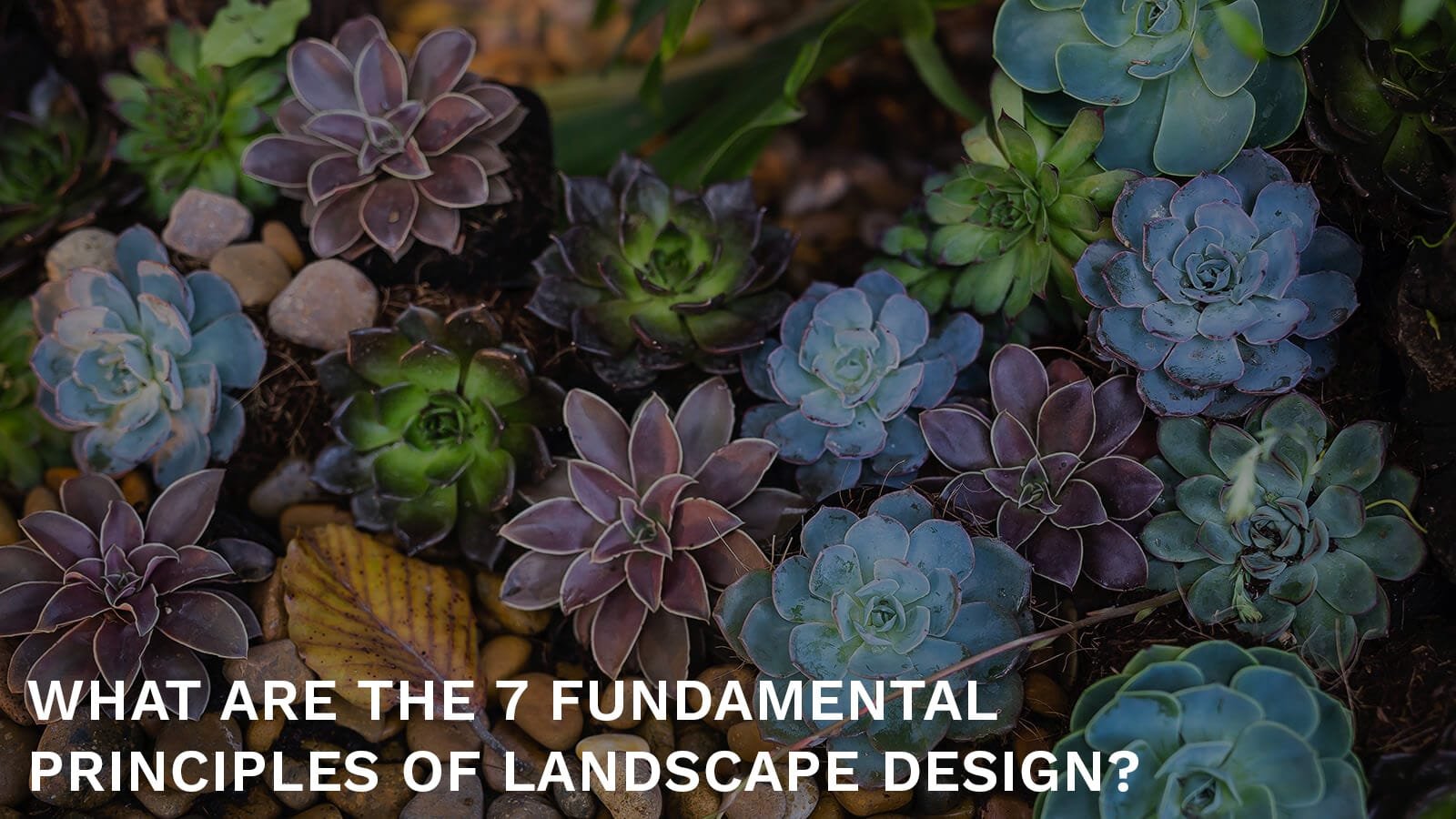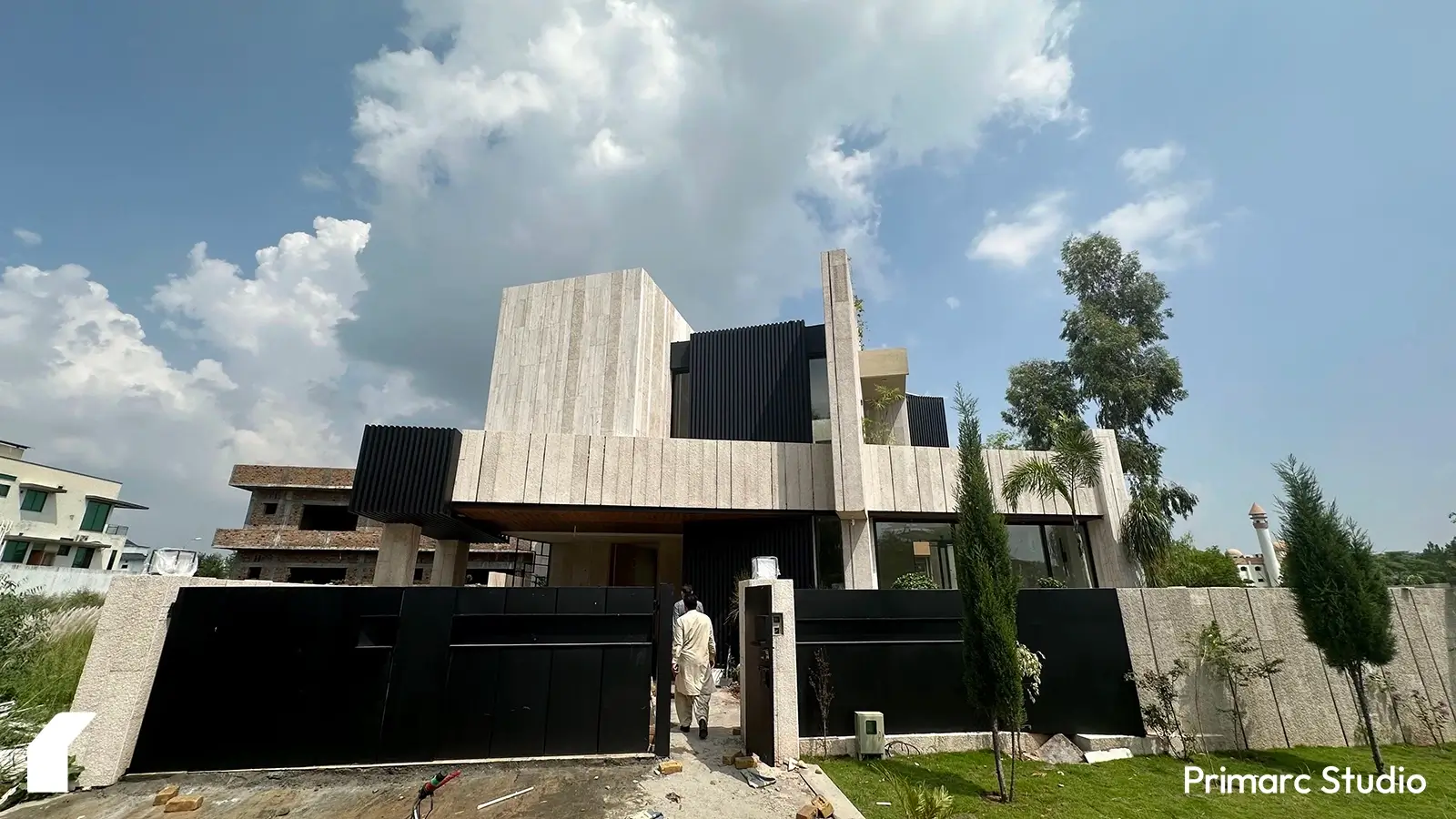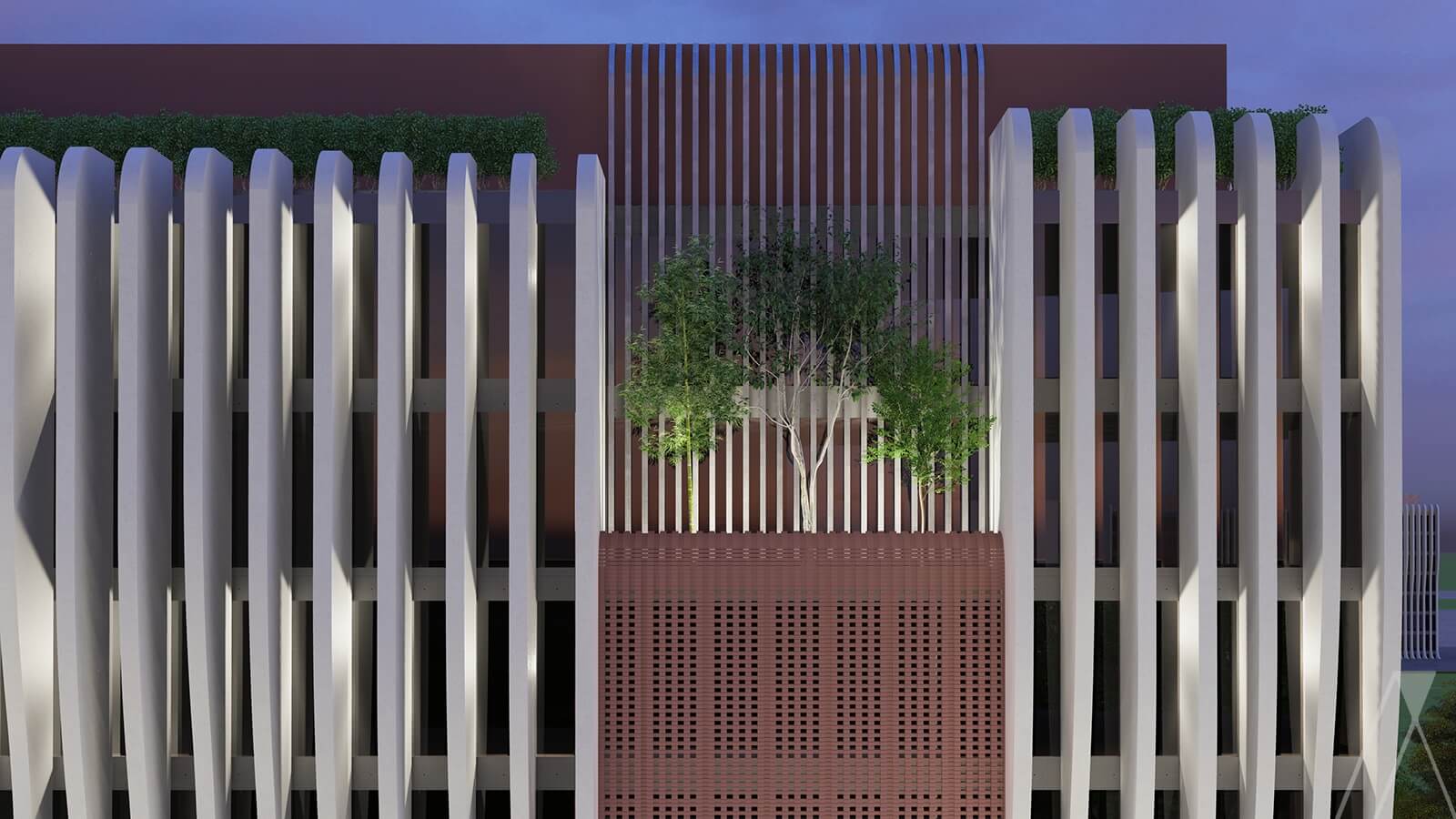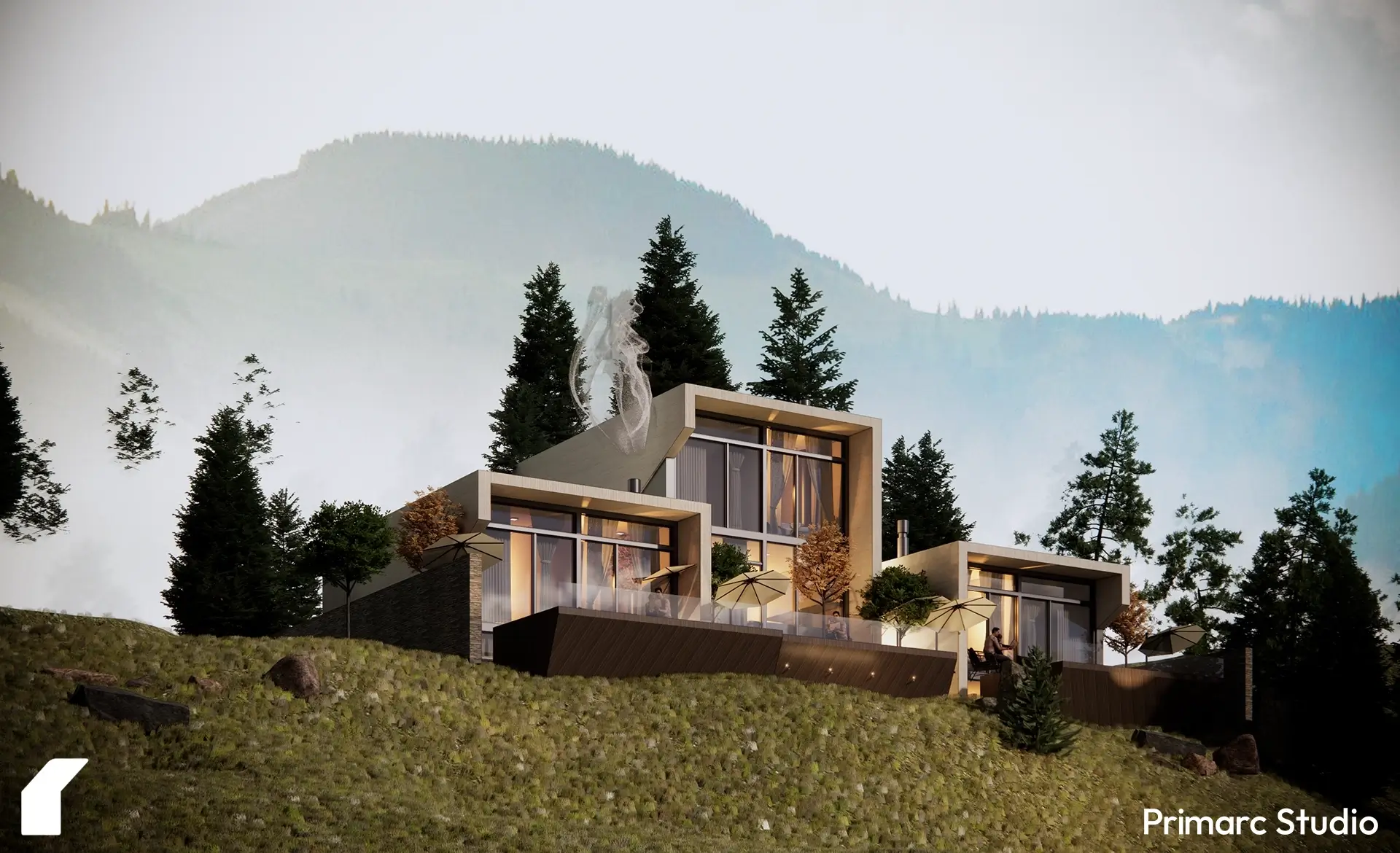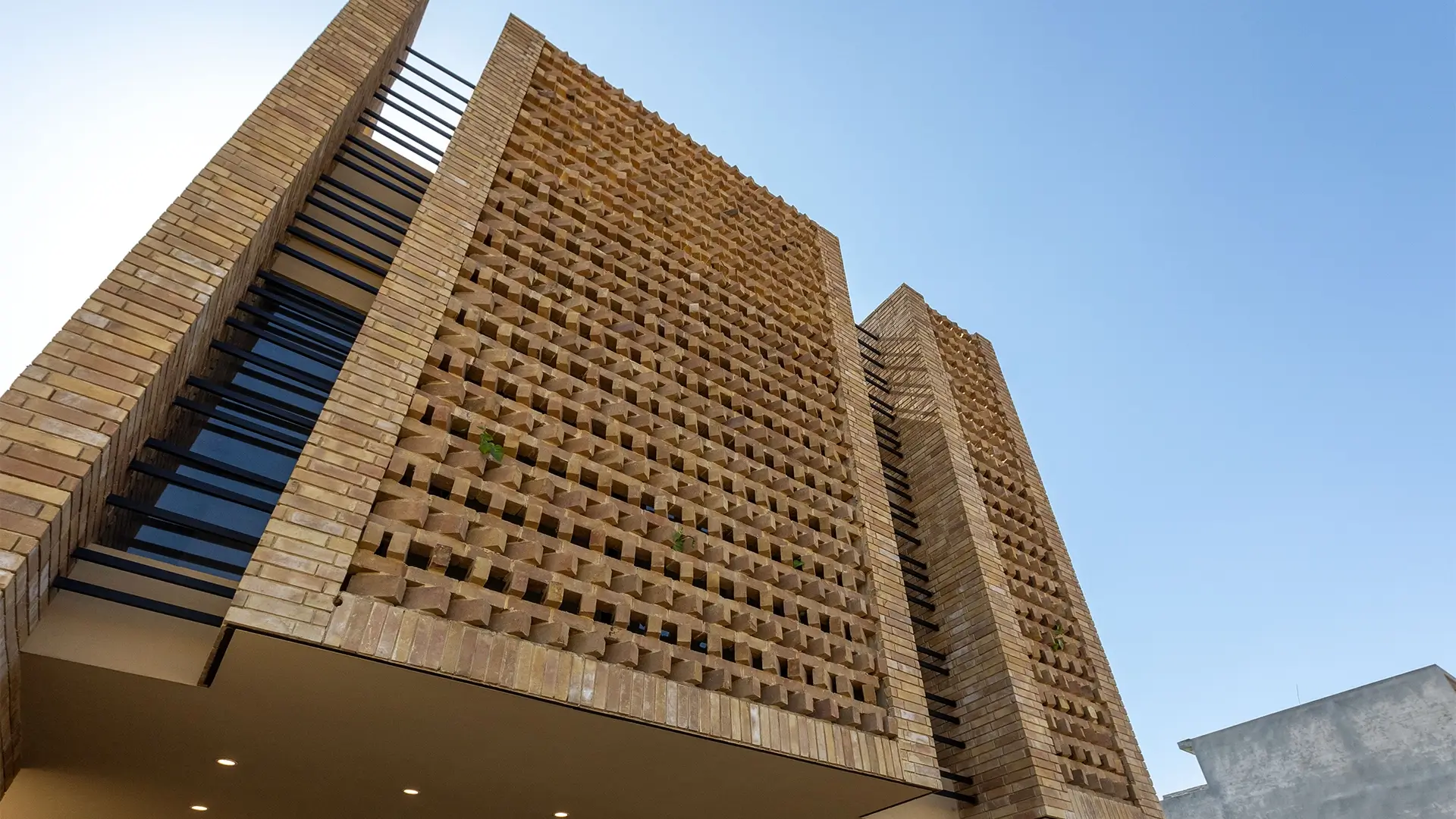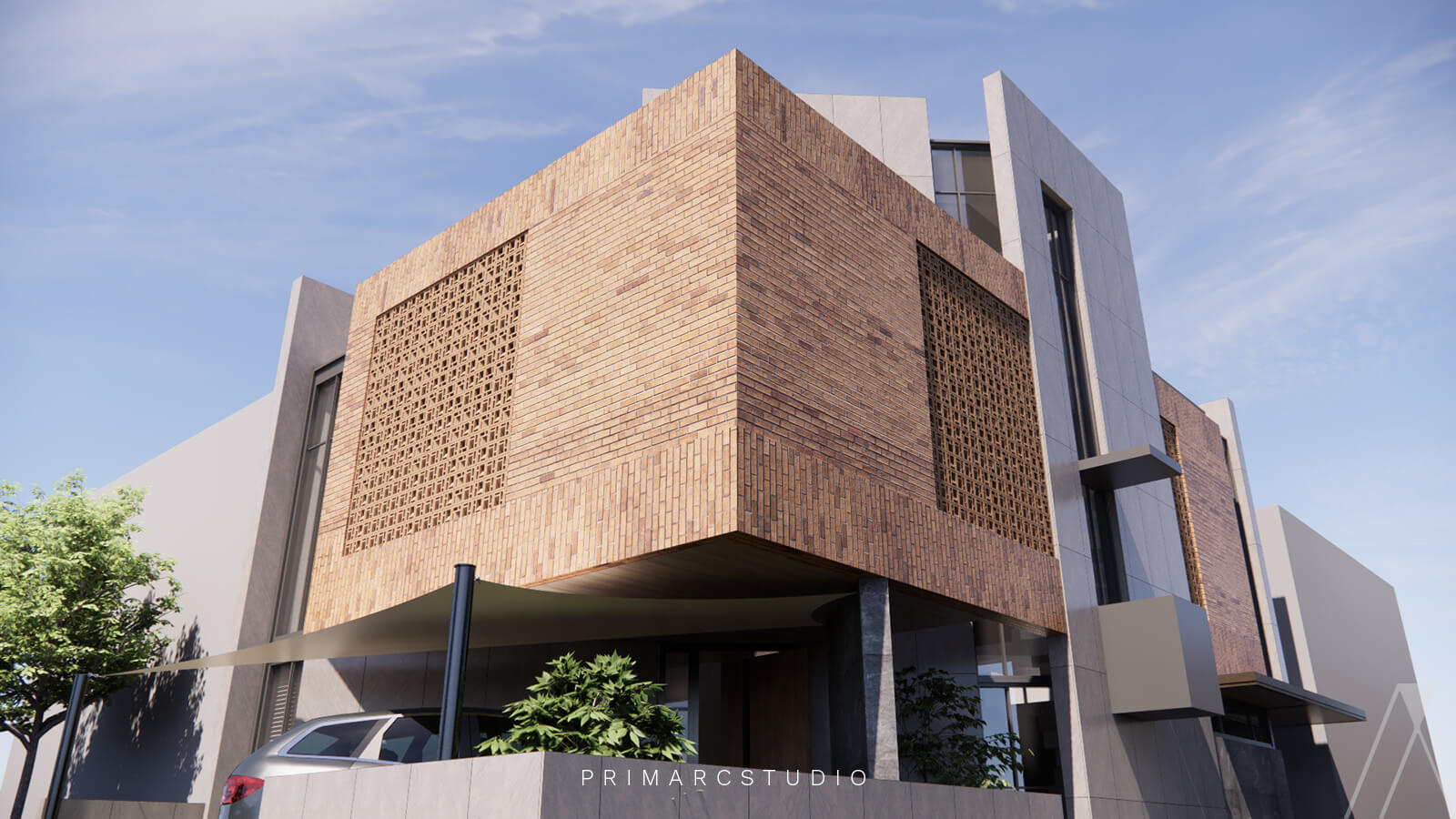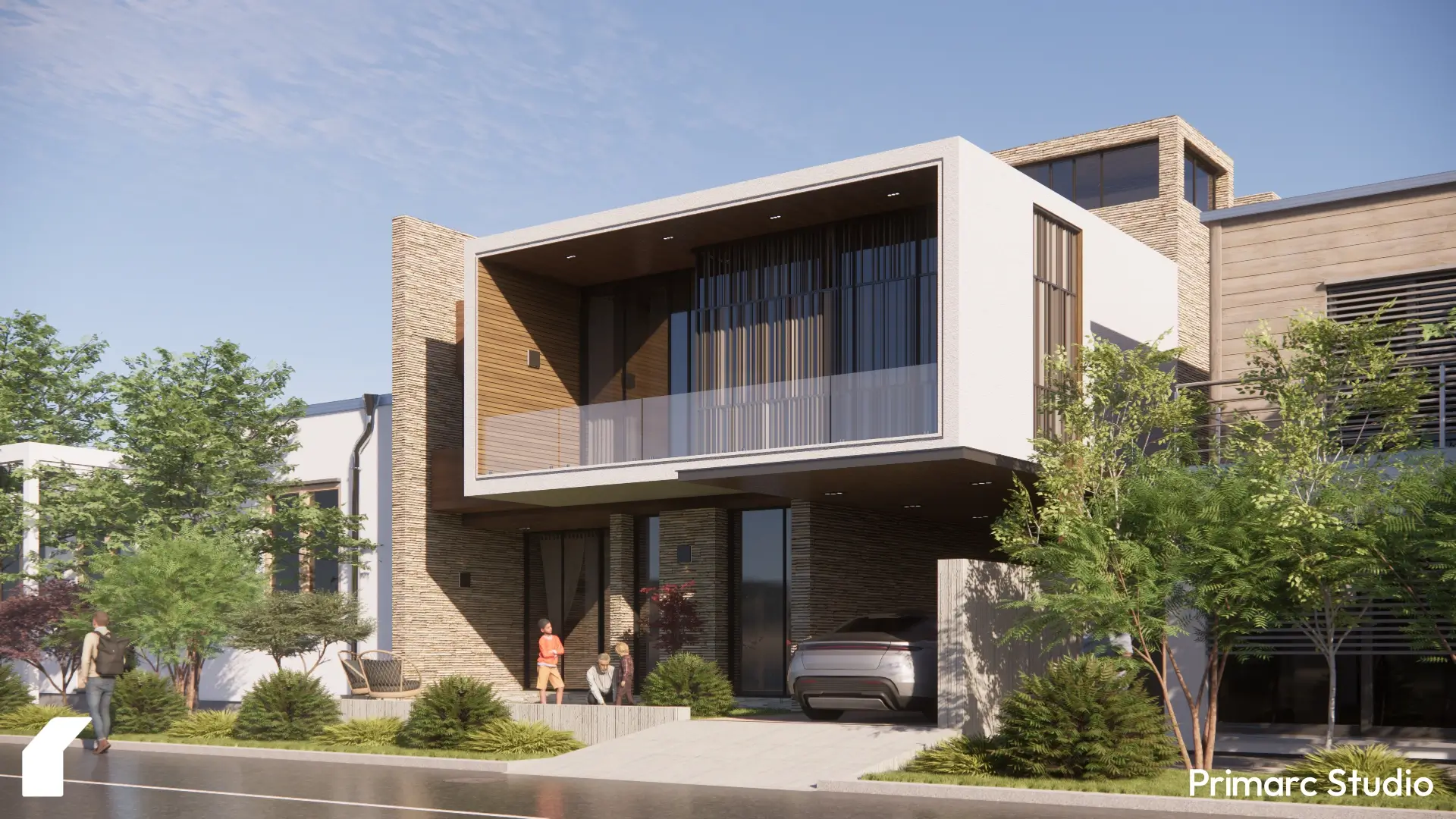The 7 Fundamental Principles of Landscape Design
In the world of architecture and especially landscape design, mastering the art of creating breathtaking outdoor spaces is a pursuit that requires more than just a green thumb. Good landscape design ultimately lifts and supports your architectural design as well.
Like architecture and interior design, understanding and implementing the seven fundamental principles that underpin landscape design elevates your garden or outdoor area from ordinary to extraordinary.
7 Principles of Landscape Design
These 7 principles of landscape design are the building blocks that guide landscape architects, garden enthusiasts, and homeowners in crafting beautiful, harmonious, and sustainable outdoor environments.
We’ll explore these principles in detail, breaking down the key concepts and offering practical insights to help you transform your outdoor space into a work of art.
1- Unity in Landscape Design
One of the foundational principles of landscape design is achieving unity and diversity within your outdoor space. This means creating a sense of harmony and balance while incorporating various elements.
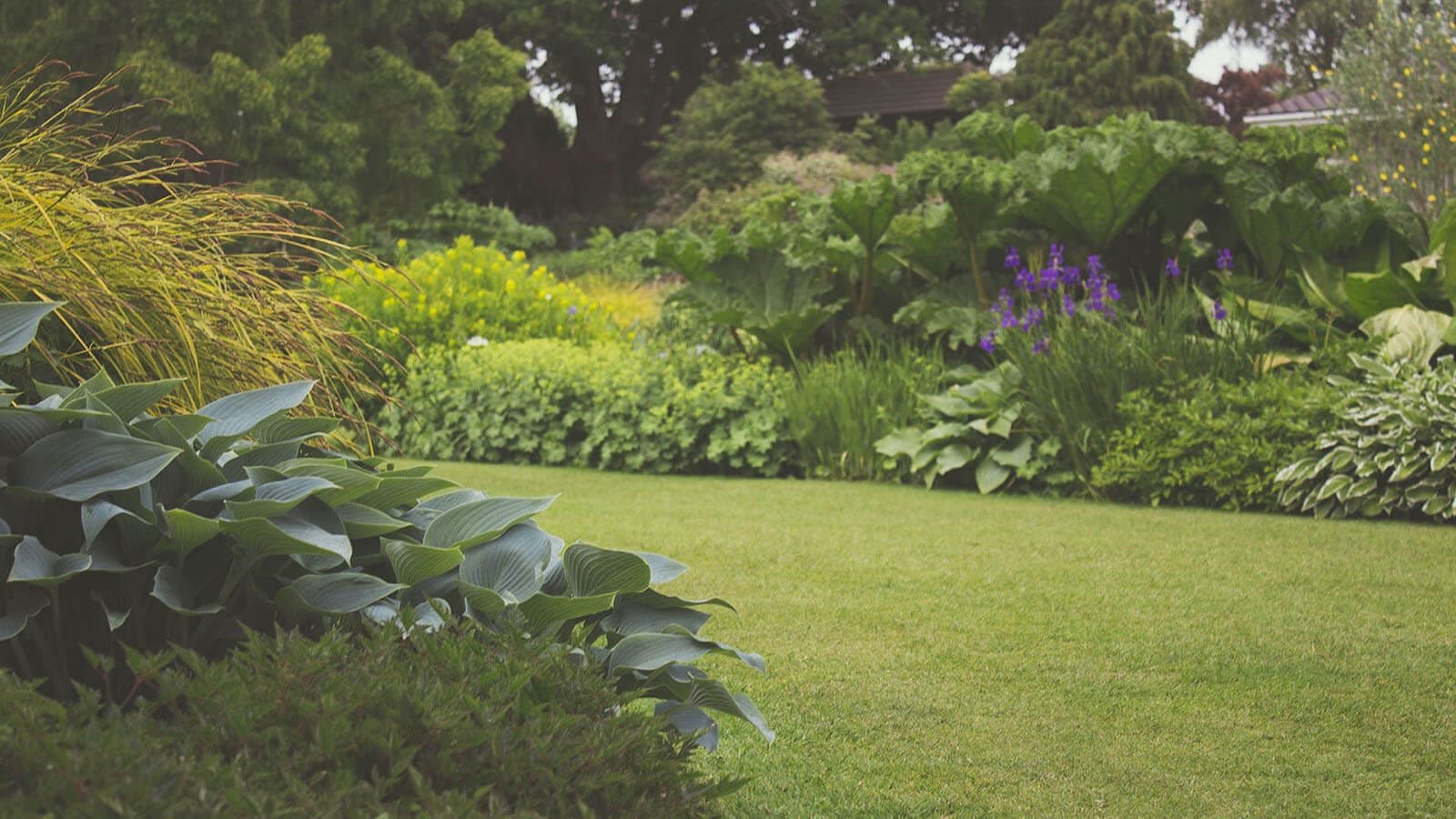
Achieving unity can be as simple as using a consistent colour palette or theme, repeating patterns, and harmonious plant selections. This unity amid diversity can guide the viewer’s eye, ensuring that all landscape elements work together cohesively.
2- Balance and Symmetry in Landscape Design
Balance and harmony are essential to the visual appeal of a landscape. This principle involves distributing the visual weight of elements evenly throughout the design of an imaginary axis.

Symmetrical balance involves mirroring elements on both sides of a central axis, creating a sense of formal, classical harmony. Asymmetrical balance, on the other hand, involves strategically placing different elements to create balance through contrast and variety.
Achieving balance ensures no single feature dominates the landscape, creating a visually pleasing and calming effect.
3- Focal Points in Landscape Design
In landscape design, a focal point is the centrepiece that draws the viewer’s visual interest. It can be a stunning sculpture, a unique tree, a beautiful flower bed, or a captivating water feature. An element that stands out in contrast to the whole landscape design.
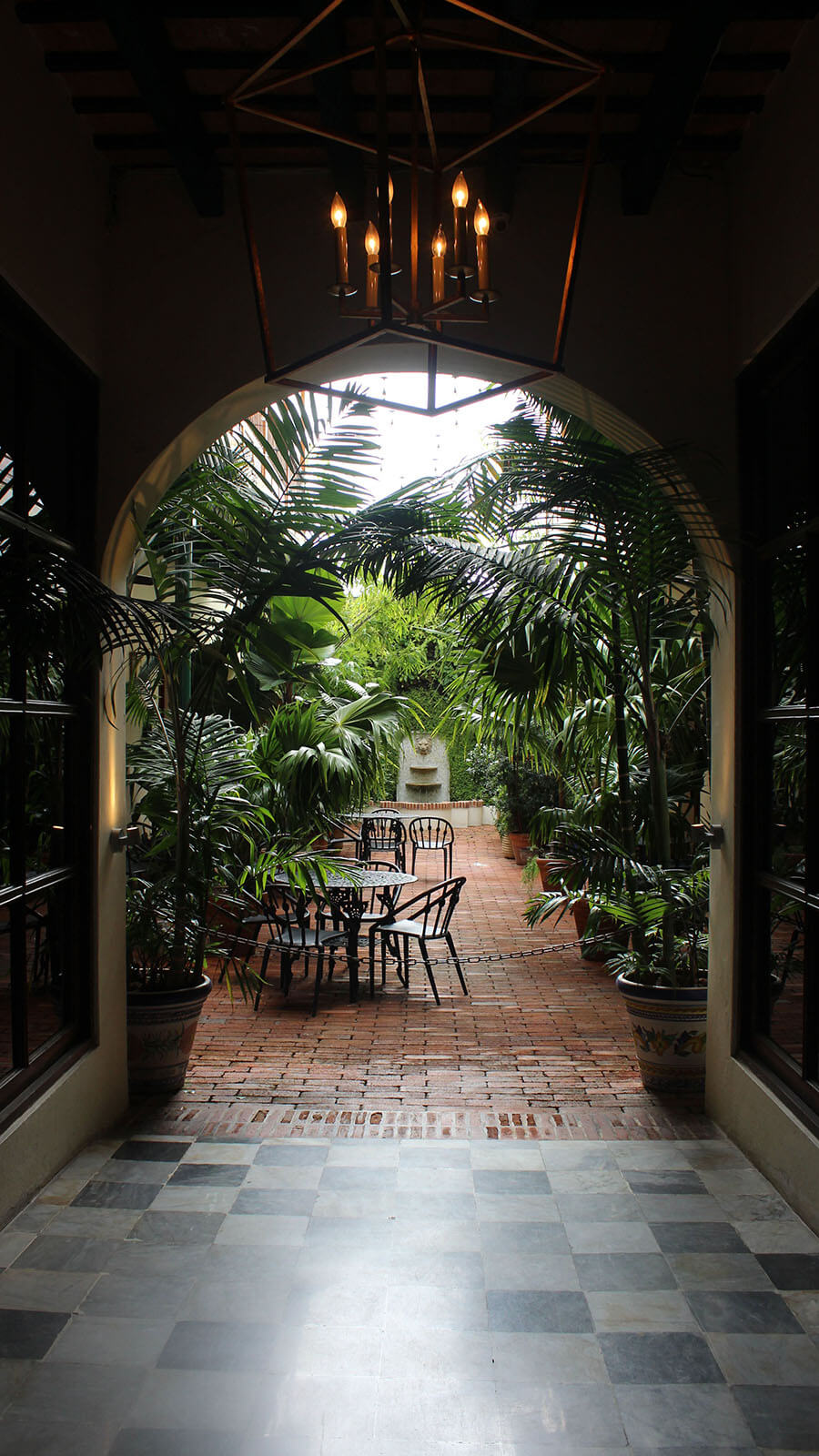
The key is to create a focal point that complements the overall landscape design and provides a visual anchor. Focal points help guide the eye and create interest, ensuring the landscape is engaging and captivating.
4- Rhythm and Repetition
Rhythm and repetition in landscape design involve using patterns and recurring elements to create visual interest and are like the heartbeat of a well-designed landscape. They provide a sense of order and consistency.
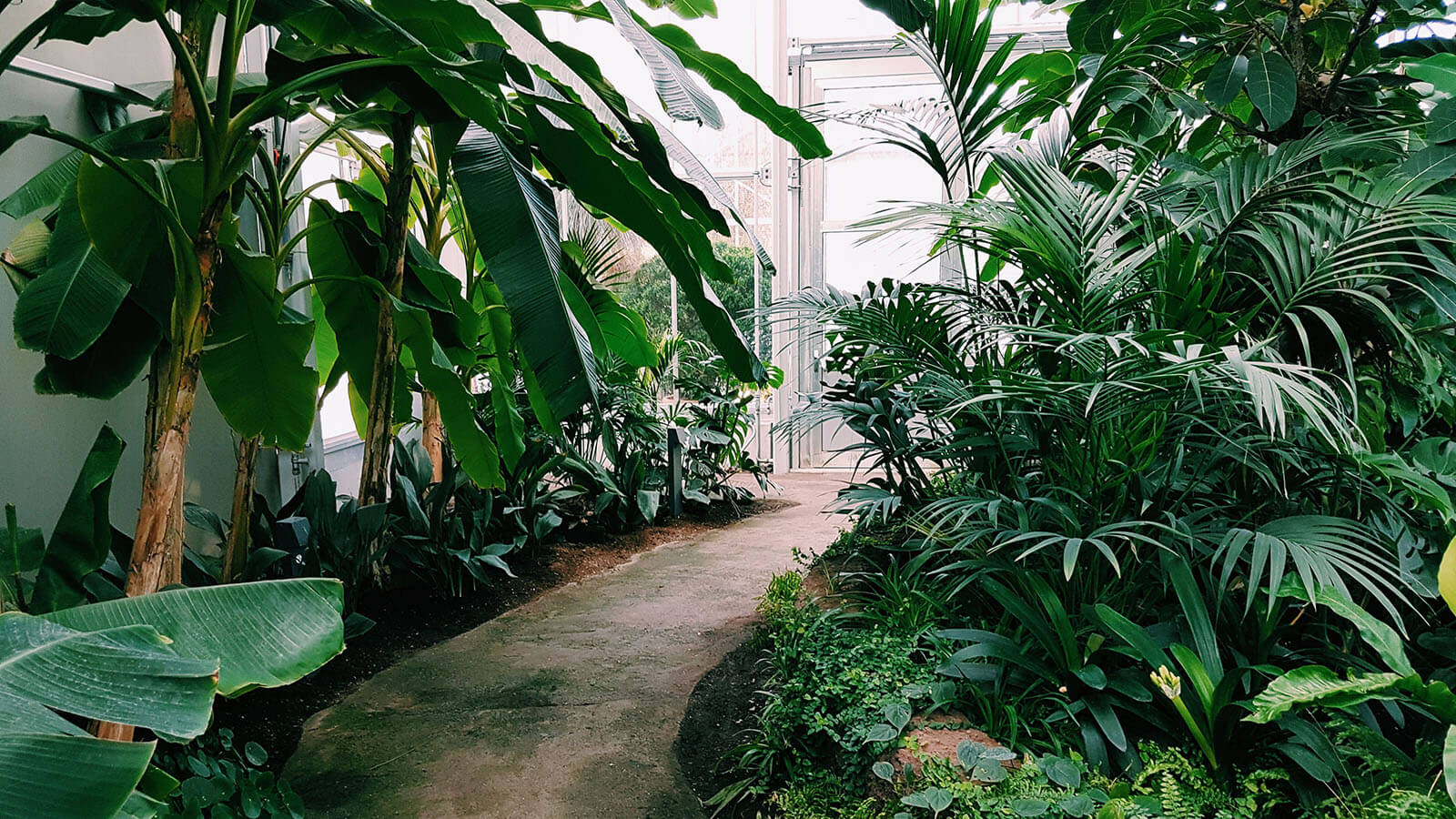
By repeating certain elements such as plant varieties, hardscape materials, design motifs, or decorative features, you can create a soothing and aesthetically pleasing rhythm throughout the landscape.
Rhythm and repetition add a sense of order and predictability to the landscape, making it more visually appealing and calming.
5- Scale and Proportion in Landscape Design
Scale and proportion are crucial when it comes to landscape design. It’s about ensuring that all elements within the outdoor space are appropriately sized in relation to one another and the overall landscape.
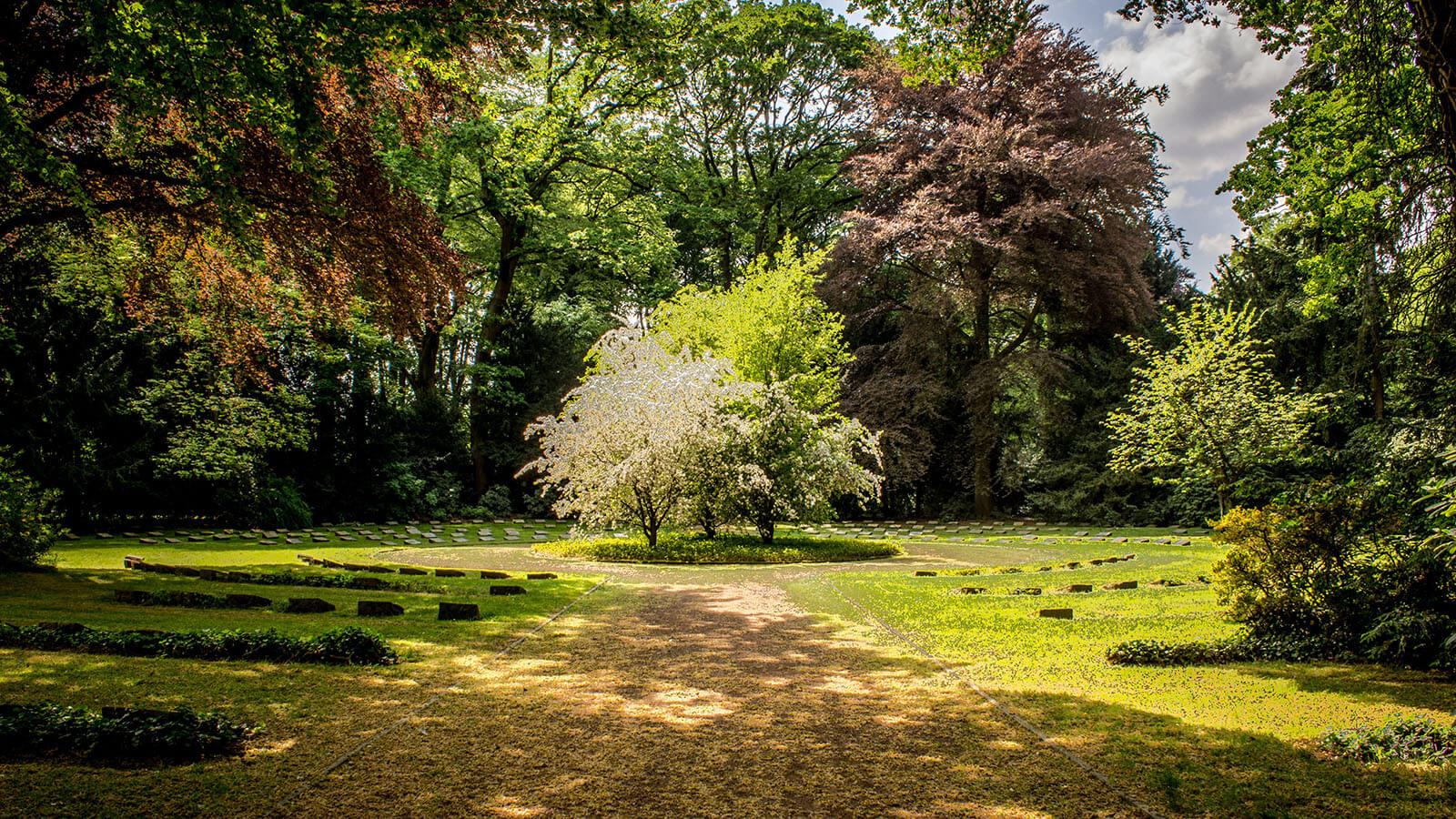
Oversized elements can overwhelm, while undersized ones may get lost. For example, a massive sculpture in a small backyard may look out of place, while tiny flowers in a large open space might get lost.
6- Flow and Transition in Landscape Design
Flow and transition add excitement to the design and also encourage a natural flow from one area to another. Smooth transitions are achieved through pathways, plantings, and hardscape features that guide movement and ensure your landscape design feels connected and coherent.
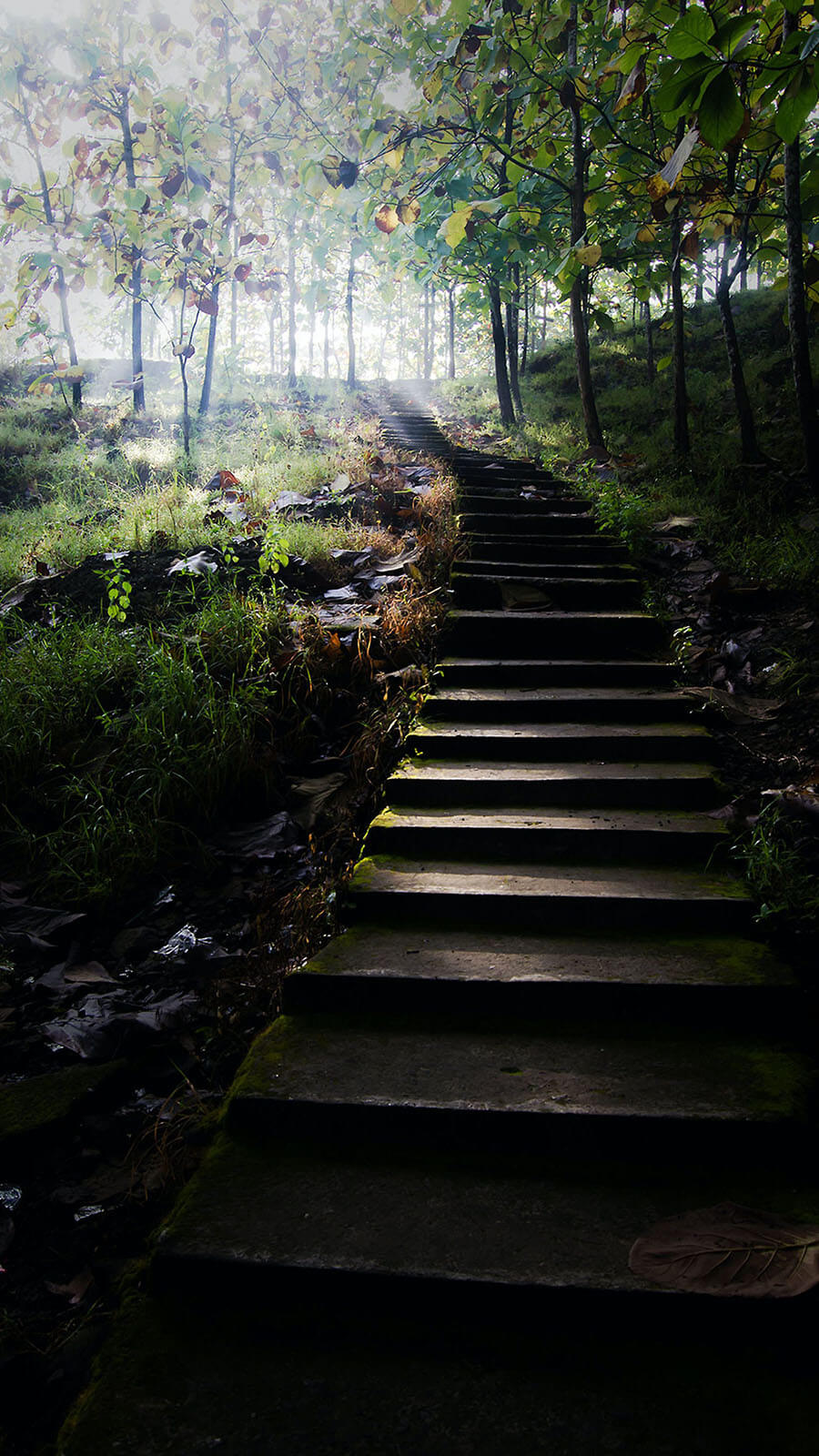
This principle involves using contrasting elements, such as colours, textures, and shapes, to create visual interest. It also includes the smooth transition from one area to another within the landscape.
7- Functionality in Landscape Design
While aesthetics are essential and crucial, practicality should not be overlooked. Every element in your landscape should serve a purpose. Consider how you intend to use the area and design it accordingly. This could be a seating area for relaxation, a play area for children, or a space for gardening.
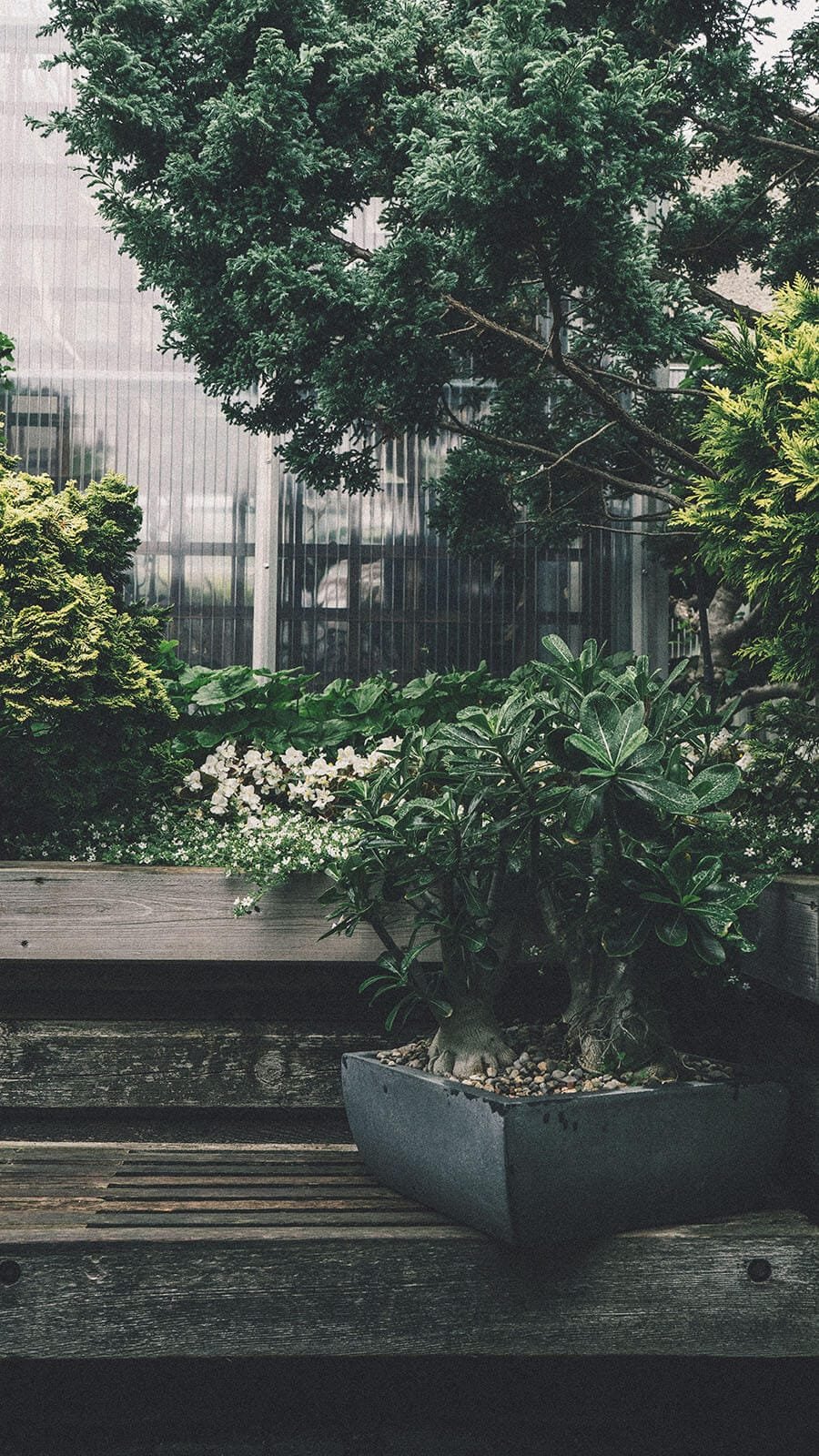
Whether for relaxation, recreation, or entertainment, every element should serve a purpose and create a sense of connection. The goal is to make the garden or space feel inviting, and the landscape remains user-friendly.
Conclusion for Principles of Landscape Design
Understanding and implementing these seven fundamental principles of landscape design can elevate your outdoor space to new heights of beauty and functionality.
Whether you’re creating or getting it designed by a professional, be it a tranquil garden, a welcoming front yard, or an expansive backyard retreat, these principles will guide you in crafting and appreciating the effort and design sense that goes into landscape design.

Frequently Asked Questions Regarding Principles of Landscape Design
Question: What is the difference between symmetrical and asymmetrical balance?
Answer: Symmetrical balance is formal and involves identical elements on both sides, while asymmetrical balance is informal and involves different but equally weighted elements.
Question: How can I ensure functionality in my landscape design?
Answer: Focus on simplicity, practicality, and ease of maintenance. Every element should serve a purpose.
Question: What are some examples of transition spaces in a landscape?
Answer: Transition spaces can be pathways, garden gates, or even changes in elevation that guide people through your landscape.
Question: Why is diversity in plants important in landscape design?
Answer: A variety of plants adds visual interest, provides a range of colors and textures, and can attract different wildlife throughout the year.
Question: What are the fundamental principles of landscape design?
Answer: The fundamental principles of landscape design are Unity in Design, Balance and Symmetry, Focal Points, Rhythm and Repetition, Scale and Proportion, Flow and Transition, and Functionality.
Question: What is the significance of balance and symmetry in landscaping?
Answer: Balance and symmetry in landscaping involve distributing visual weight evenly to create a visually pleasing and calming effect. Symmetrical balance mirrors elements on both sides of a central axis, while asymmetrical balance uses contrast and variety.
Primarc Studio Architects
The Primarc Studio editorial team consists of architects and designers specializing in modern residential projects, interior designs and commercial designs across Pakistan. Together, we share insights on design trends, construction costs, and project case studies.


